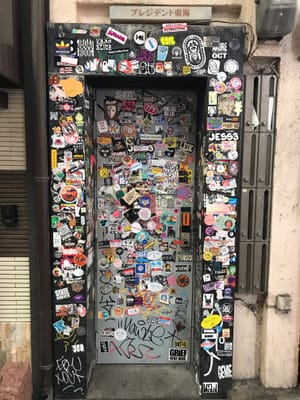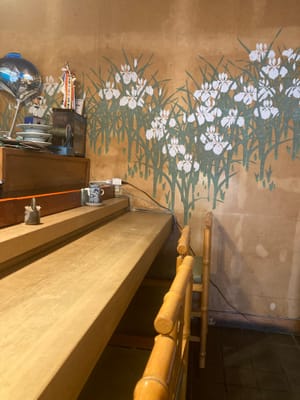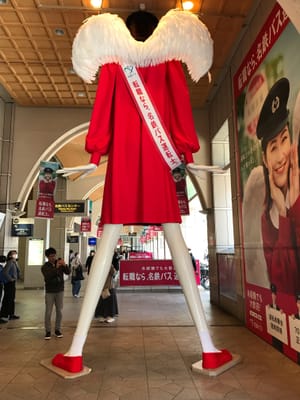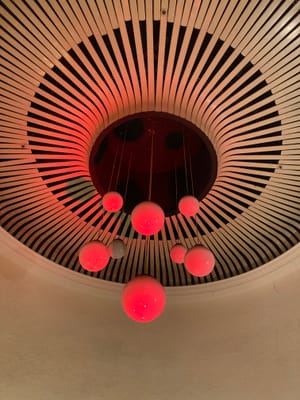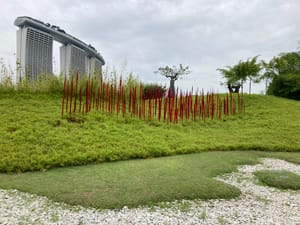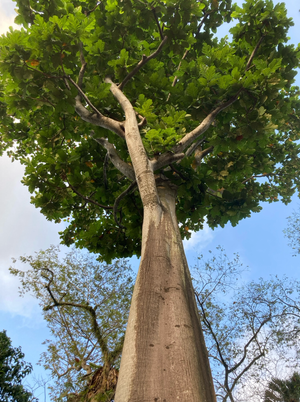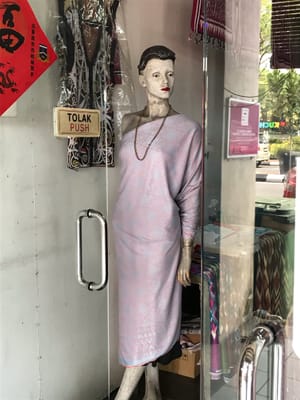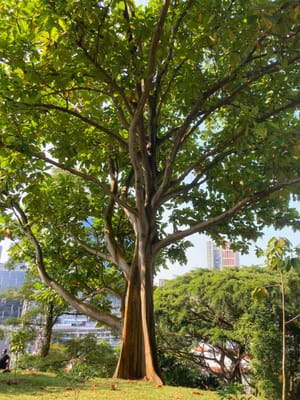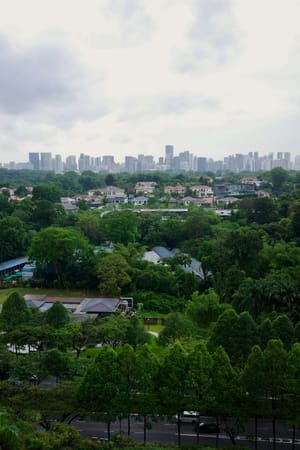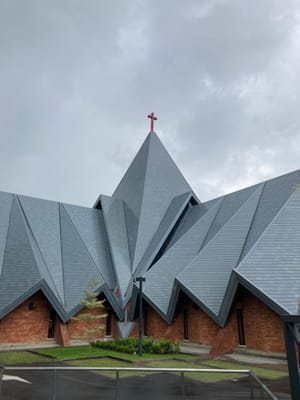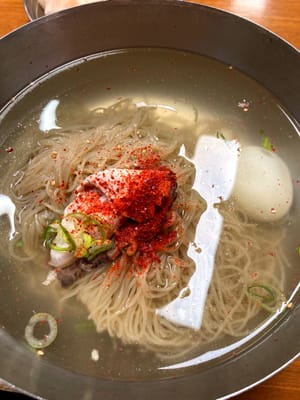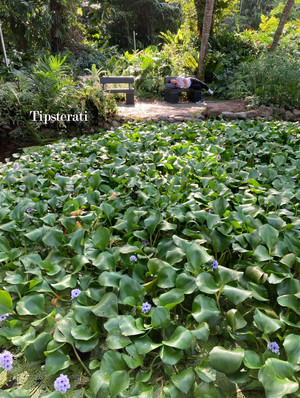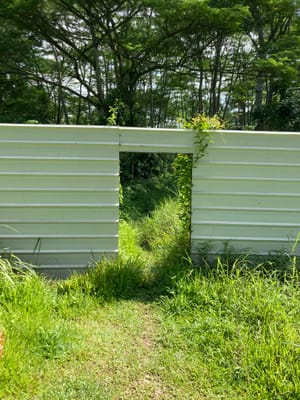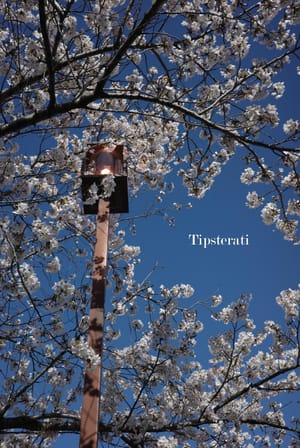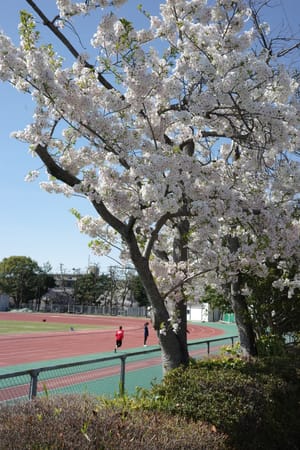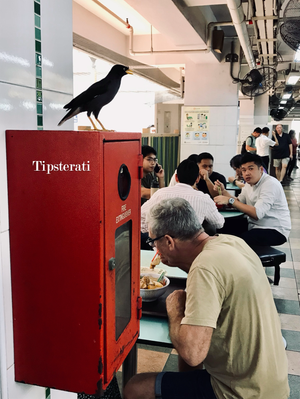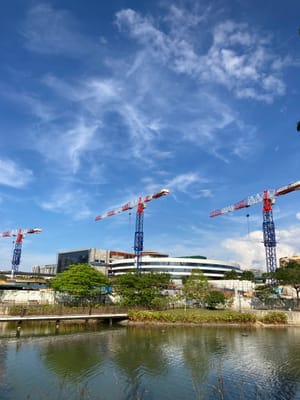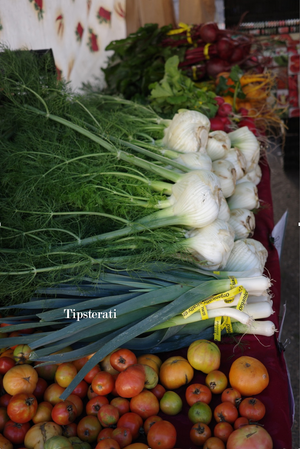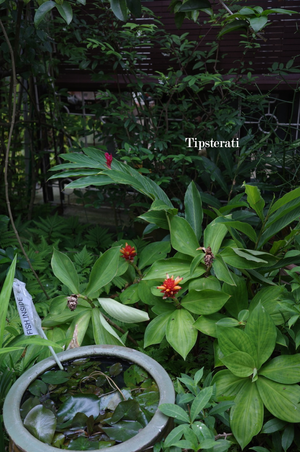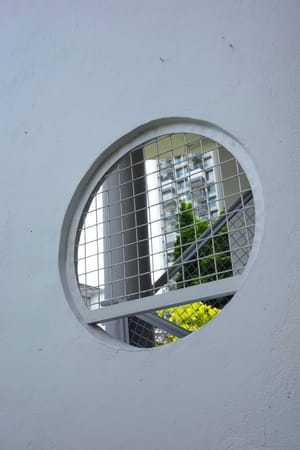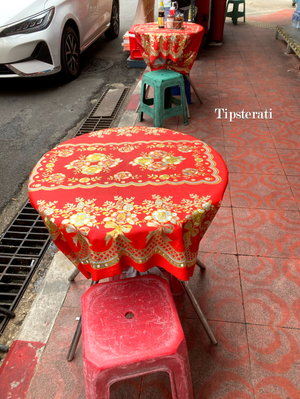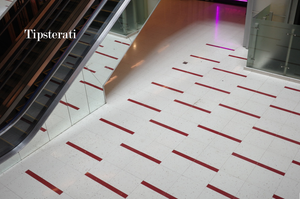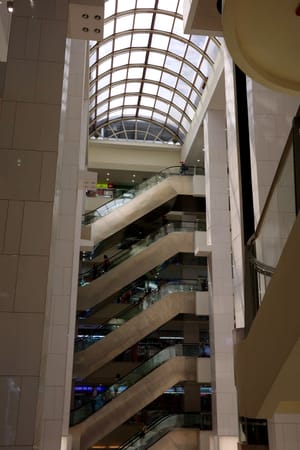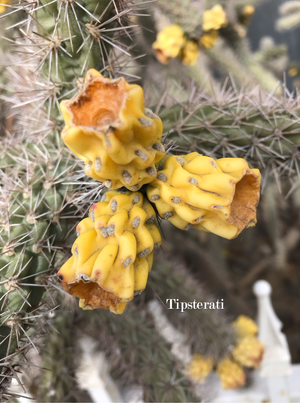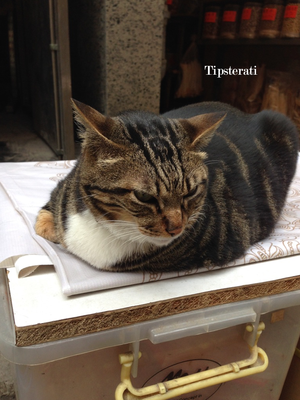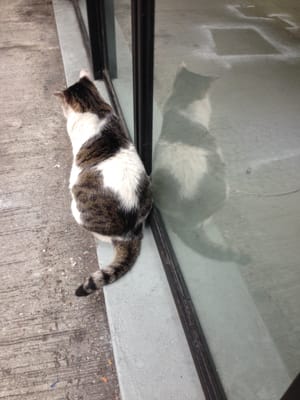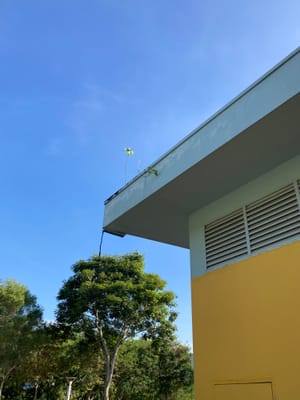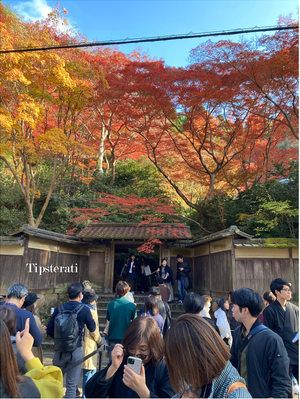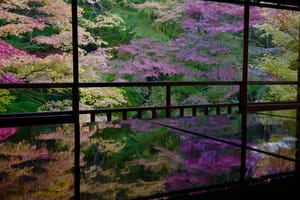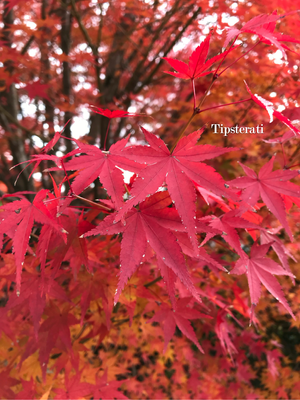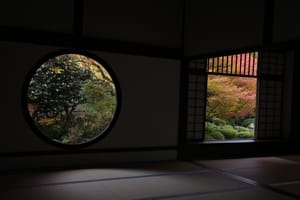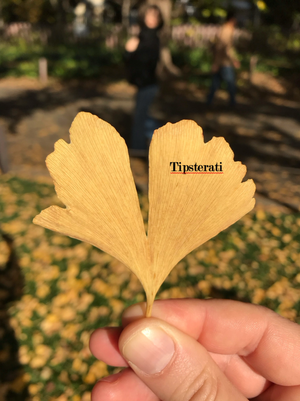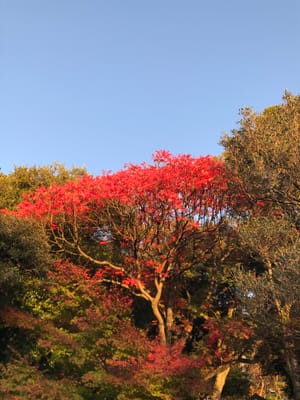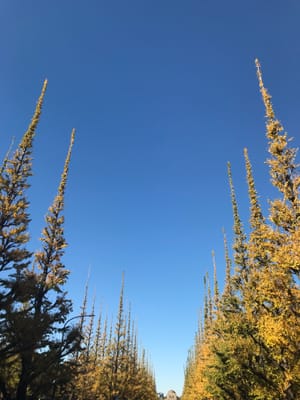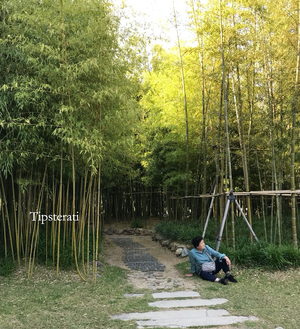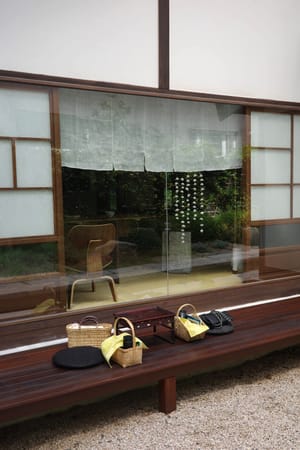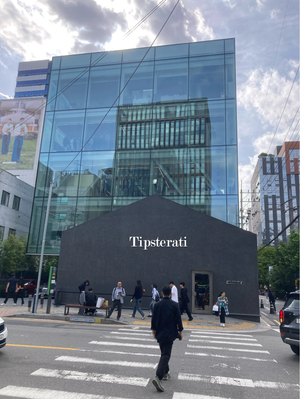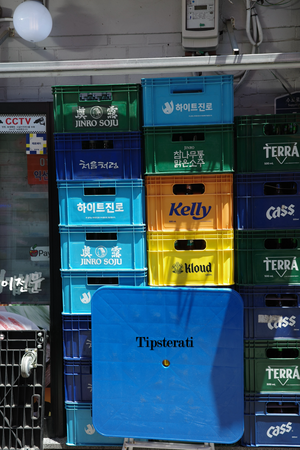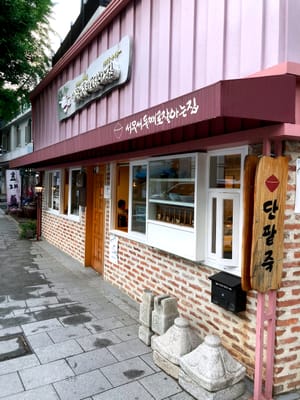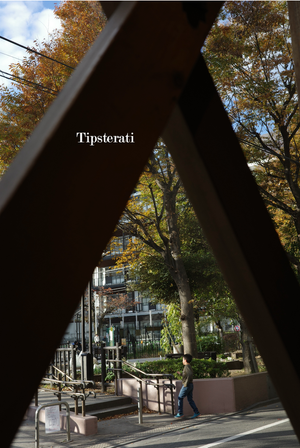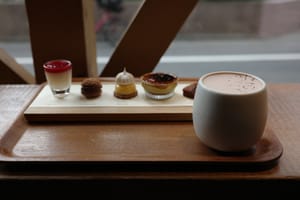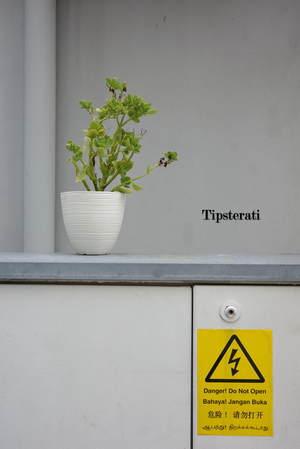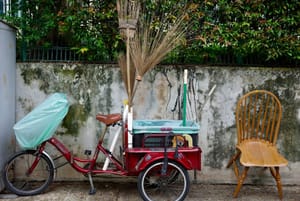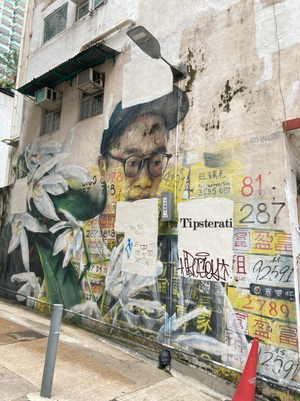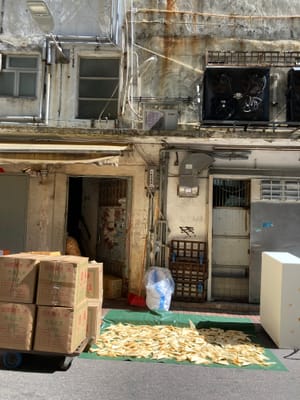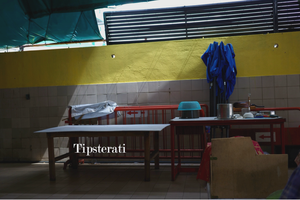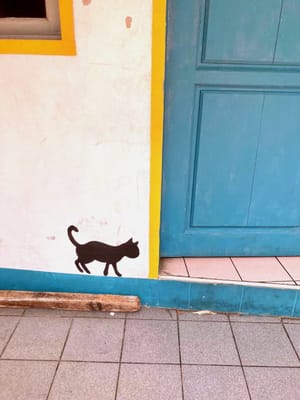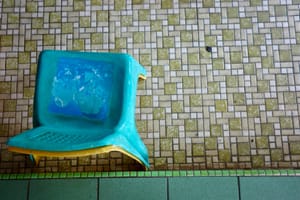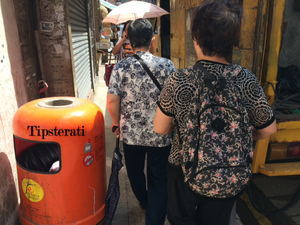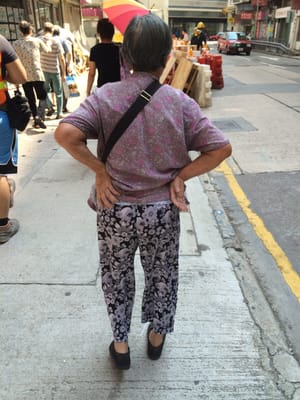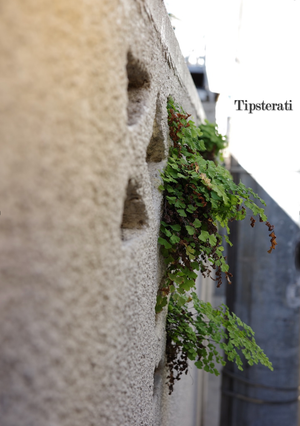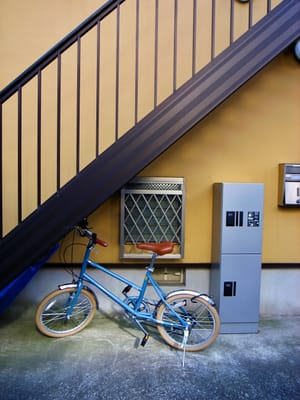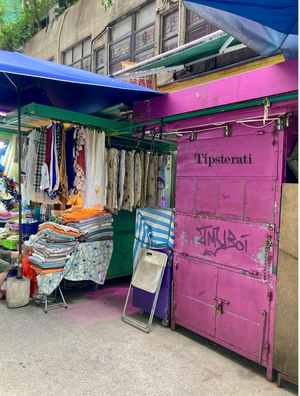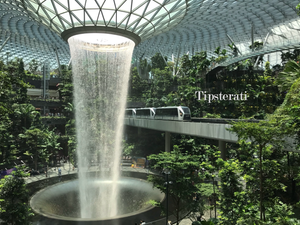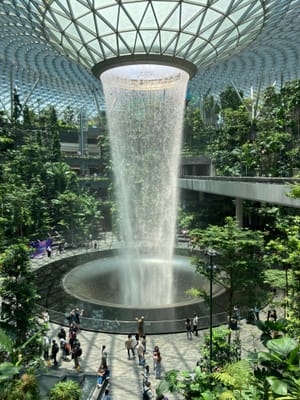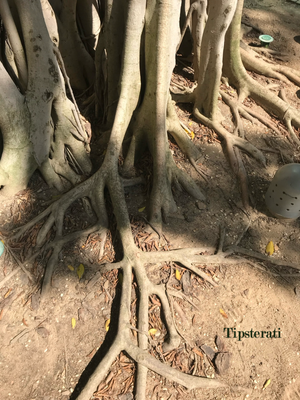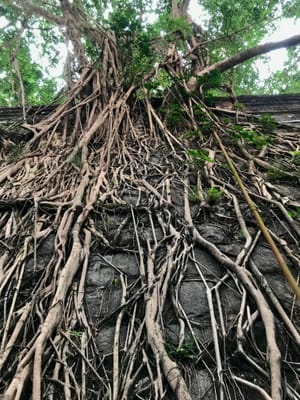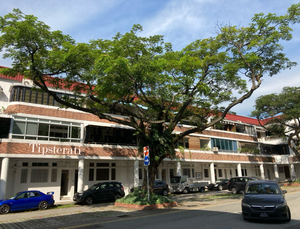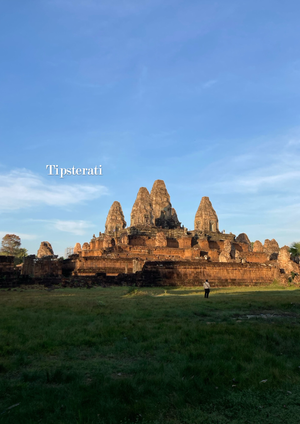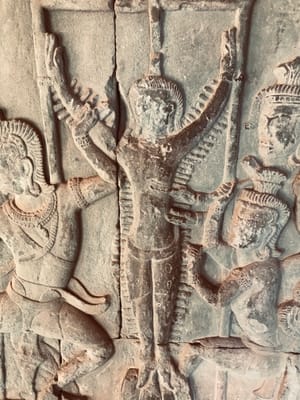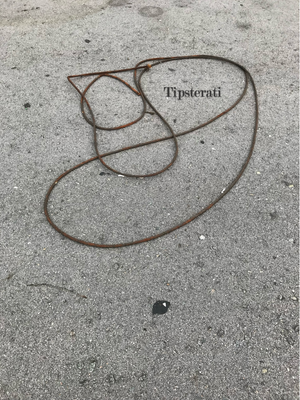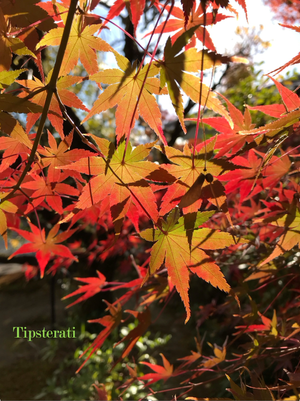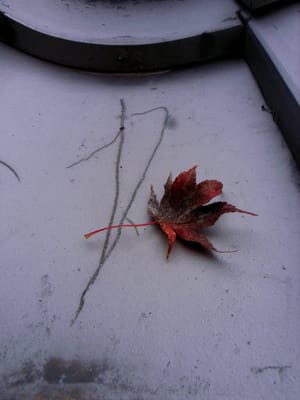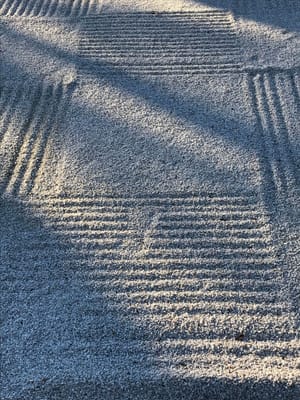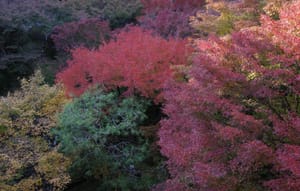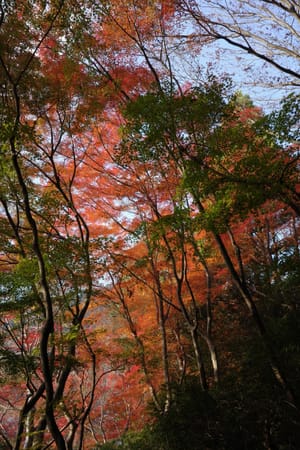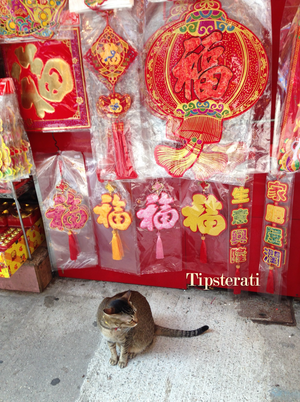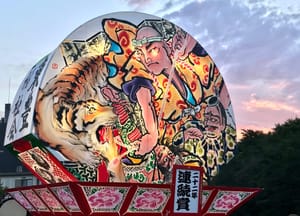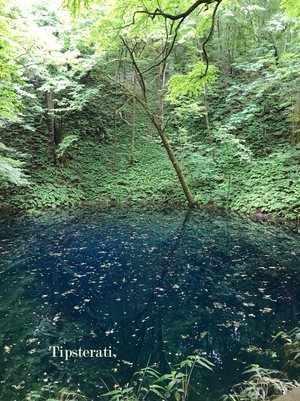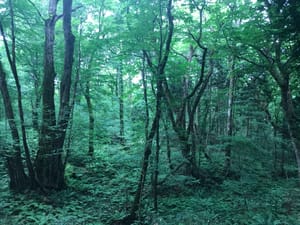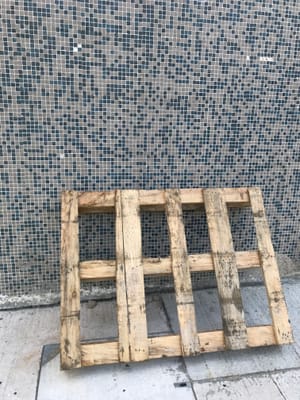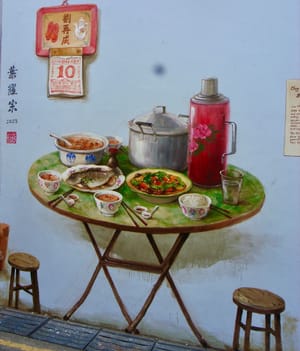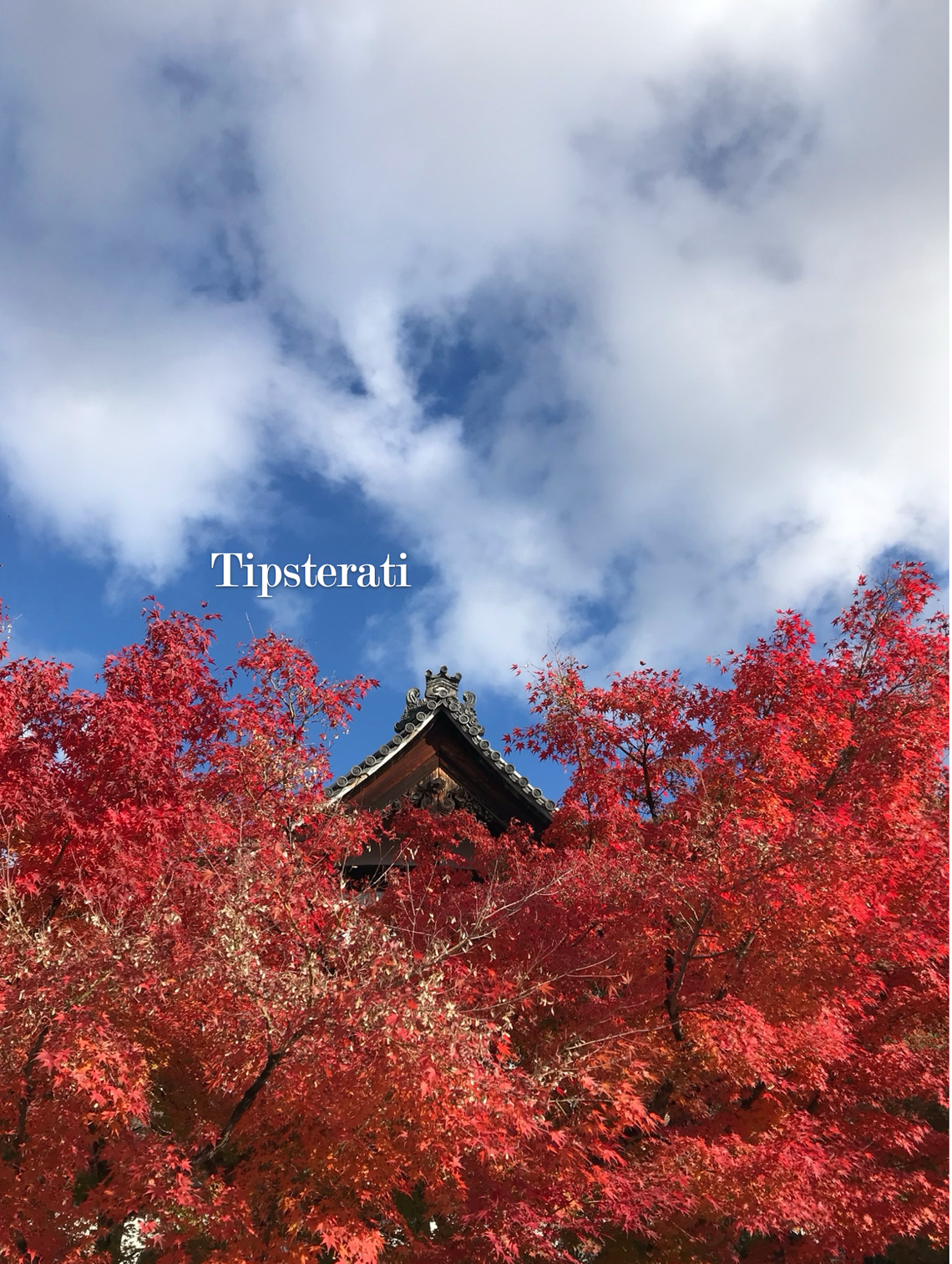
Autumn-Leaf Hunting in Kyoto: Part 1
There were temples where it was rather like a madhouse. Then there were the temples where you could sit and breathe. I think it worthwhile to experience both, because the madhouse temples are heaving with visitors for good reason and the quiet temples, though usually less spectacular, have their own charms and provide a much-needed respite to regain your equilibrium.
The madhouse temples we visited in 2023:
Tofuku-ji
Ruriko-in
Eikando
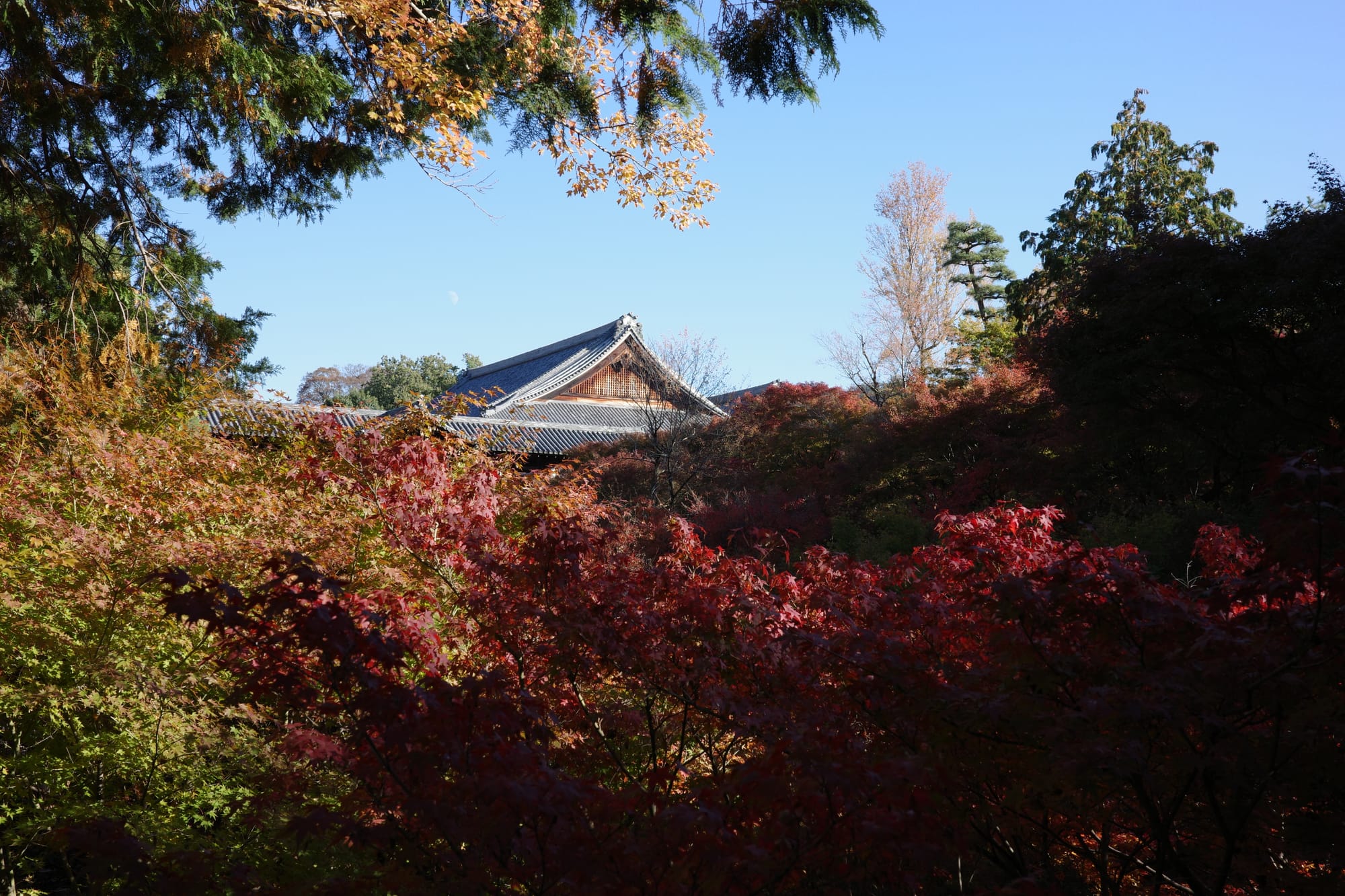
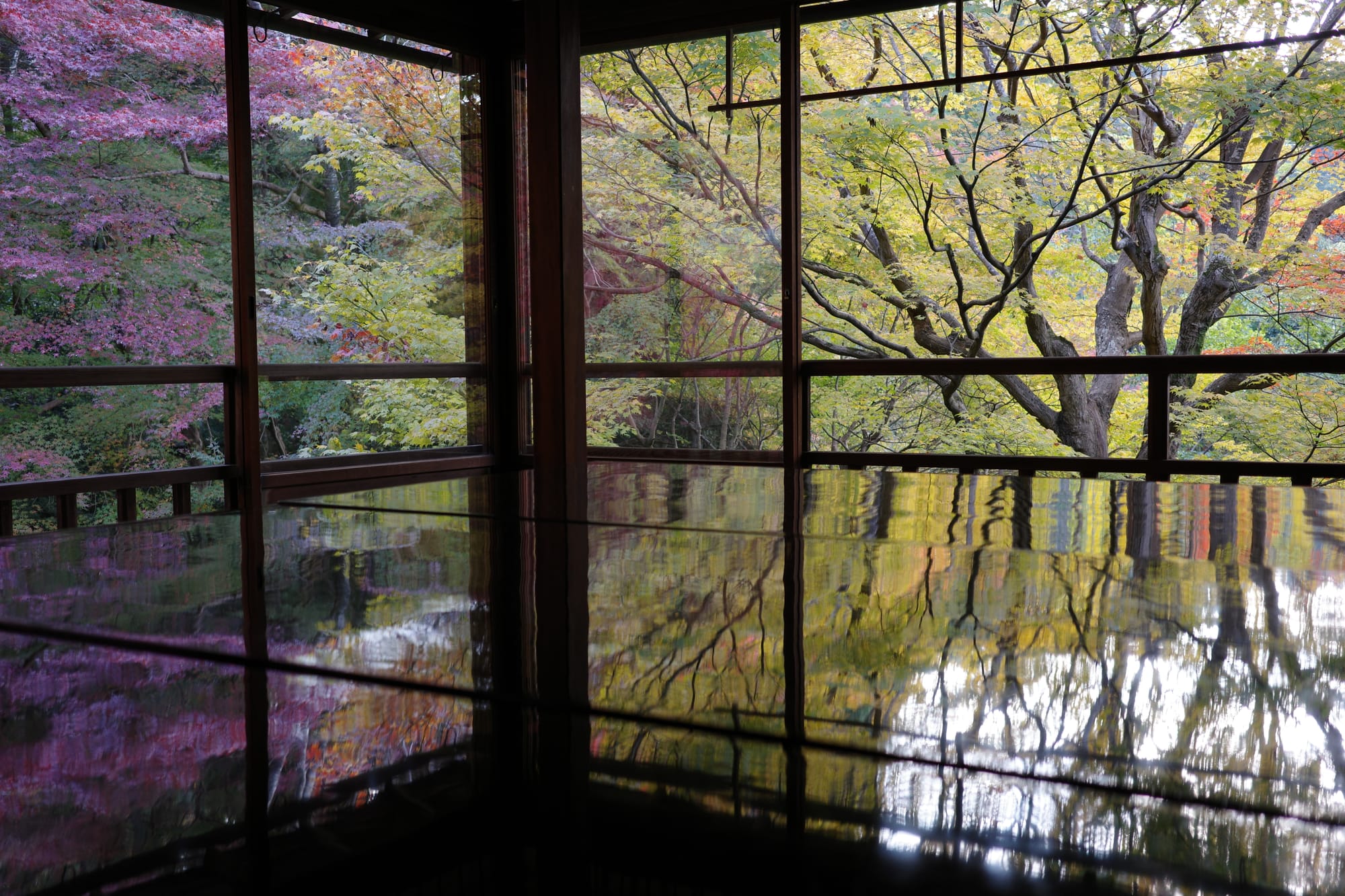

From left to right: Tofuku-ji ©Wendy Gan 2024; Ruriko-in ©Wendy Gan 2024; Eikando ©F.L. Blumberg 2024
The quieter temples:
Renge-ji
Nison-in (Arashiyama)
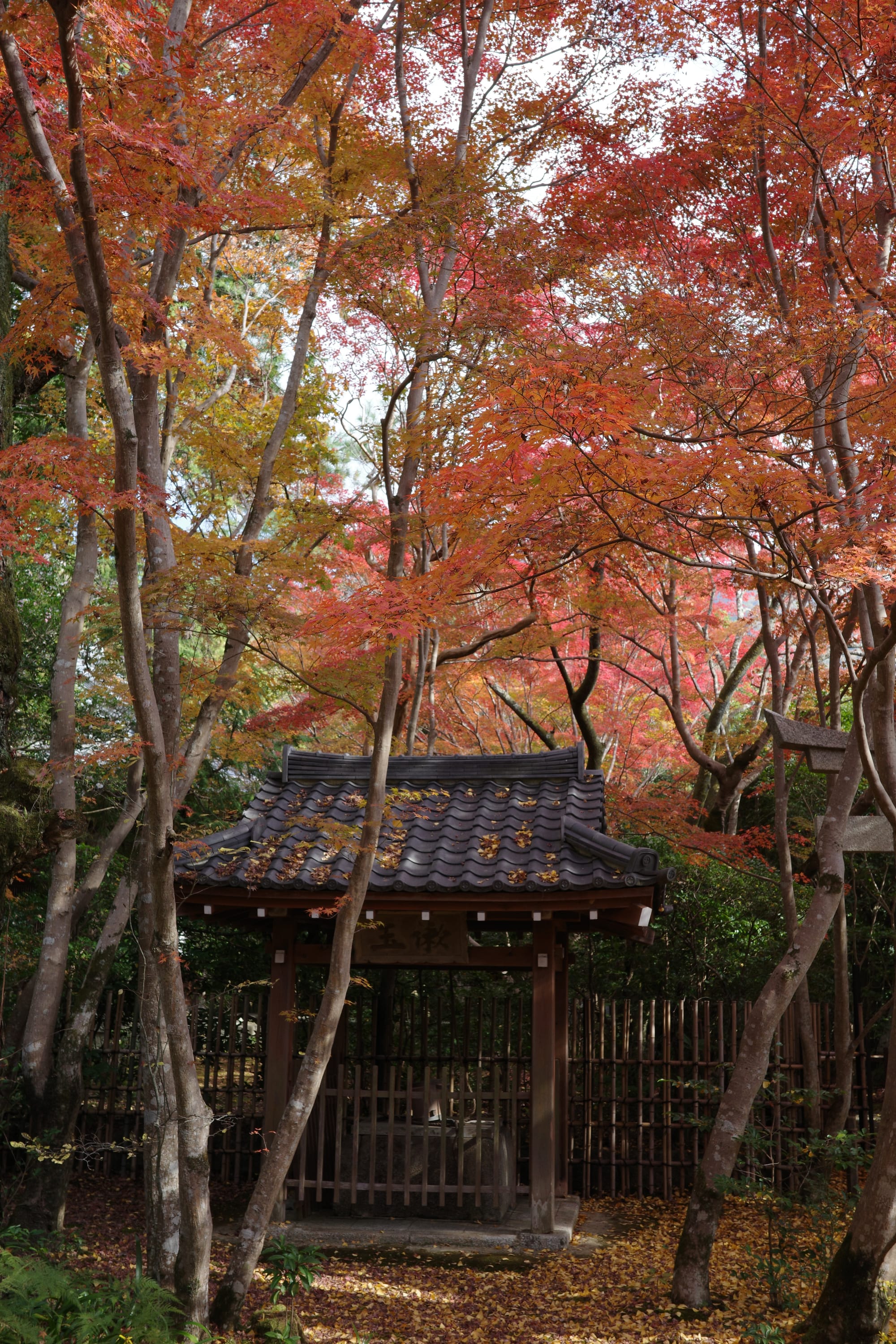
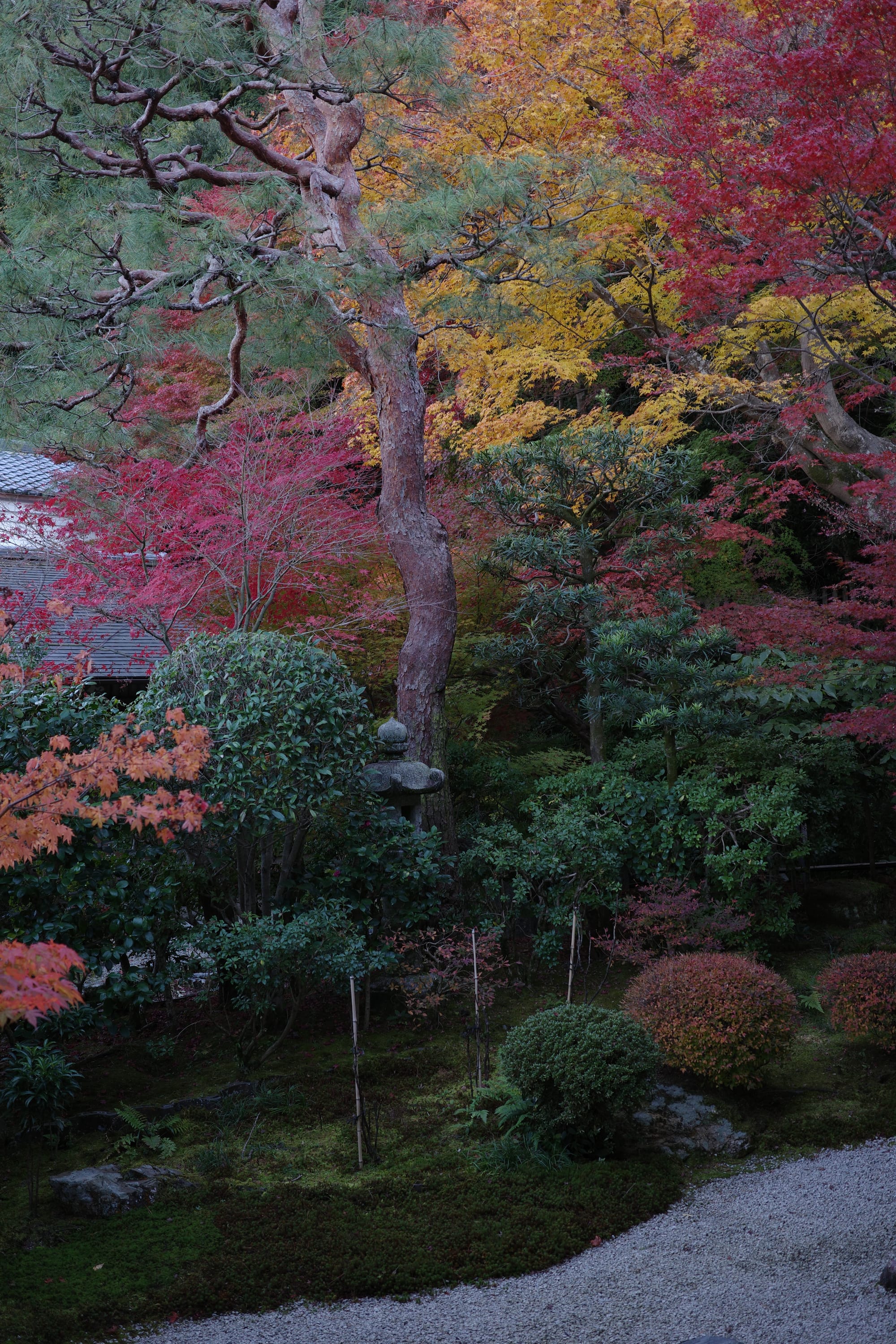
L: Renge-ji R: Nison-in ©Wendy Gan 2024
Somewhere in between both ends of the spectrum:
Hogon-in (Arashiyama)
Genko-an
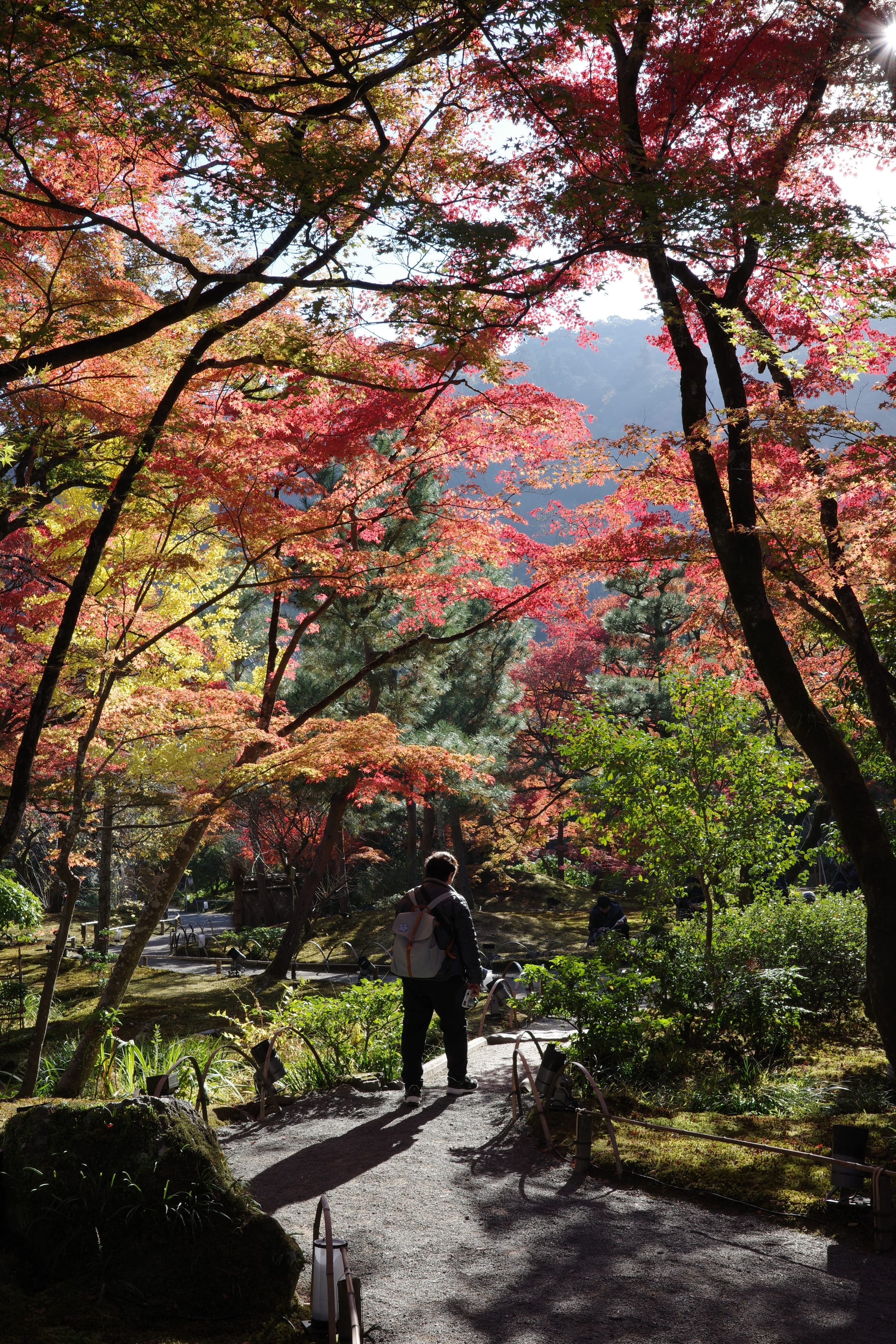
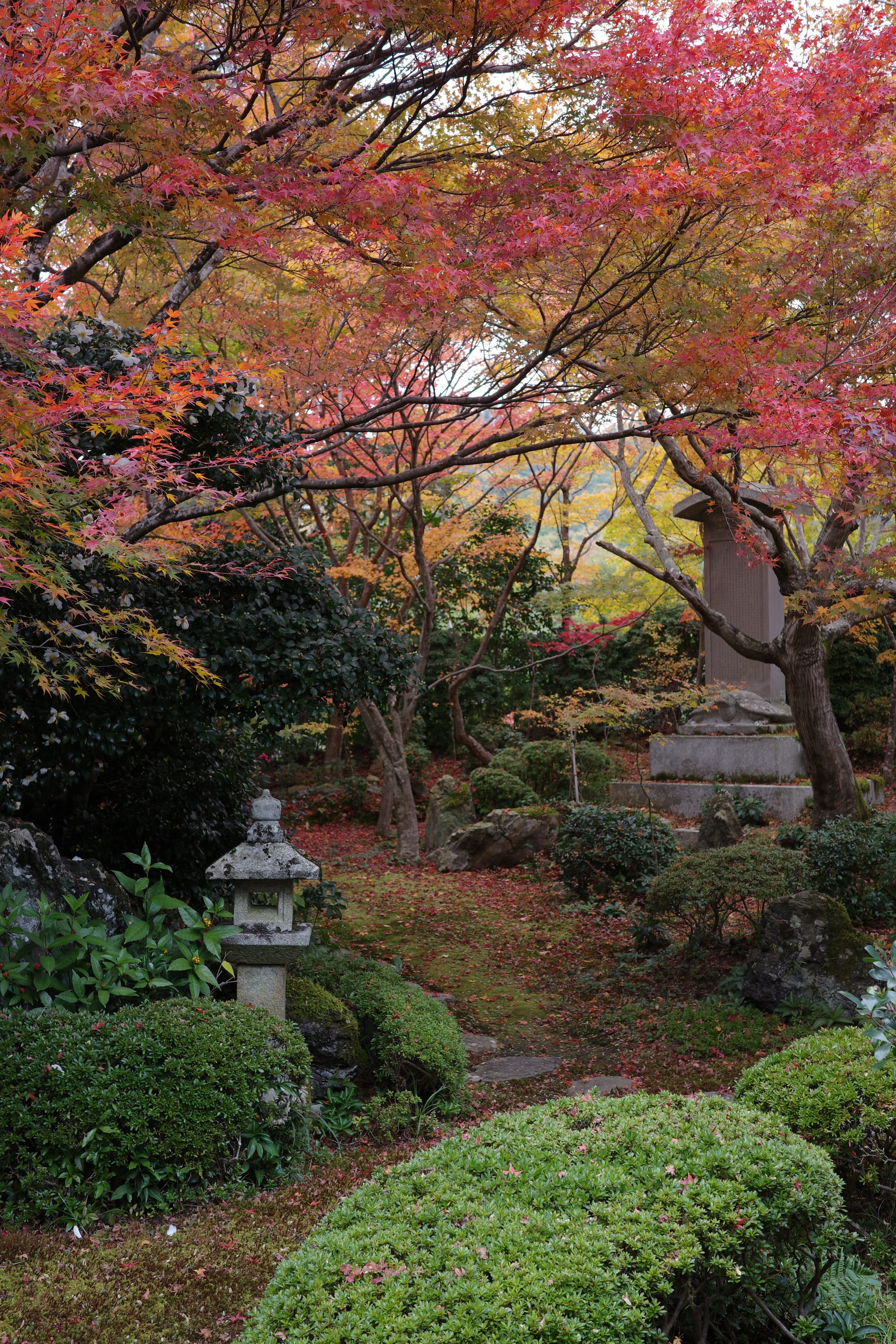
L: Hogon-in R: Genko-an ©Wendy Gan 2024
The gardens and views in all three I have listed as madhouse temples are undeniably beautiful. It is no surprise they attract hordes of visitors. I would say that each is worth a stop, but you have to be prepared for the crowds and moderate your expectations. Do not expect a meditative experience in these temples. Nonetheless, overrun as they were, it was still possible to find a quiet spot in Tofuku-ji and Ruriko-in to sit and reflect for a spell. Eikando, however, was so packed that we admired what we could and left (admittedly, we went on a Saturday; I suspect a weekday might have been a little better).
Of the three, Tofuku-ji was probably the most bearable in terms of the volume of people and Ruriko-in the most thronged. The latter temple is a perfectly crafted gem. The views from the study windows are truly exquisite, but it is small and the rush to photograph the autumn colours reflected off the lacquered table can leave your head spinning. Some might be put off by the picture-snapping frenzy as well as the expensive entrance ticket (2000 yen, when most other temples charge 500 to 1000 yen). If you can block out the busyness and are willing to invest the time and money to go there, I’m sure you will find Ruriko-in to be one of the most gorgeous temples of your entire trip. You will just have to share it with more people than you may be comfortable with.
If your idea of momiji-gari, or autumn-leaf hunting, is tranquil and reflective, you will need to search out the smaller or lesser-known temples. Renge-ji would be a good choice, I think. A towering ginkgo and a few graceful Japanese maples greet you at the entrance and, once you enter the temple building, you can sit on the deck to admire the variously coloured maples that surround the pond. It’s a rustic temple with a gentle beauty that is conducive to slowing down and watching the changing light over the maples and the pond.
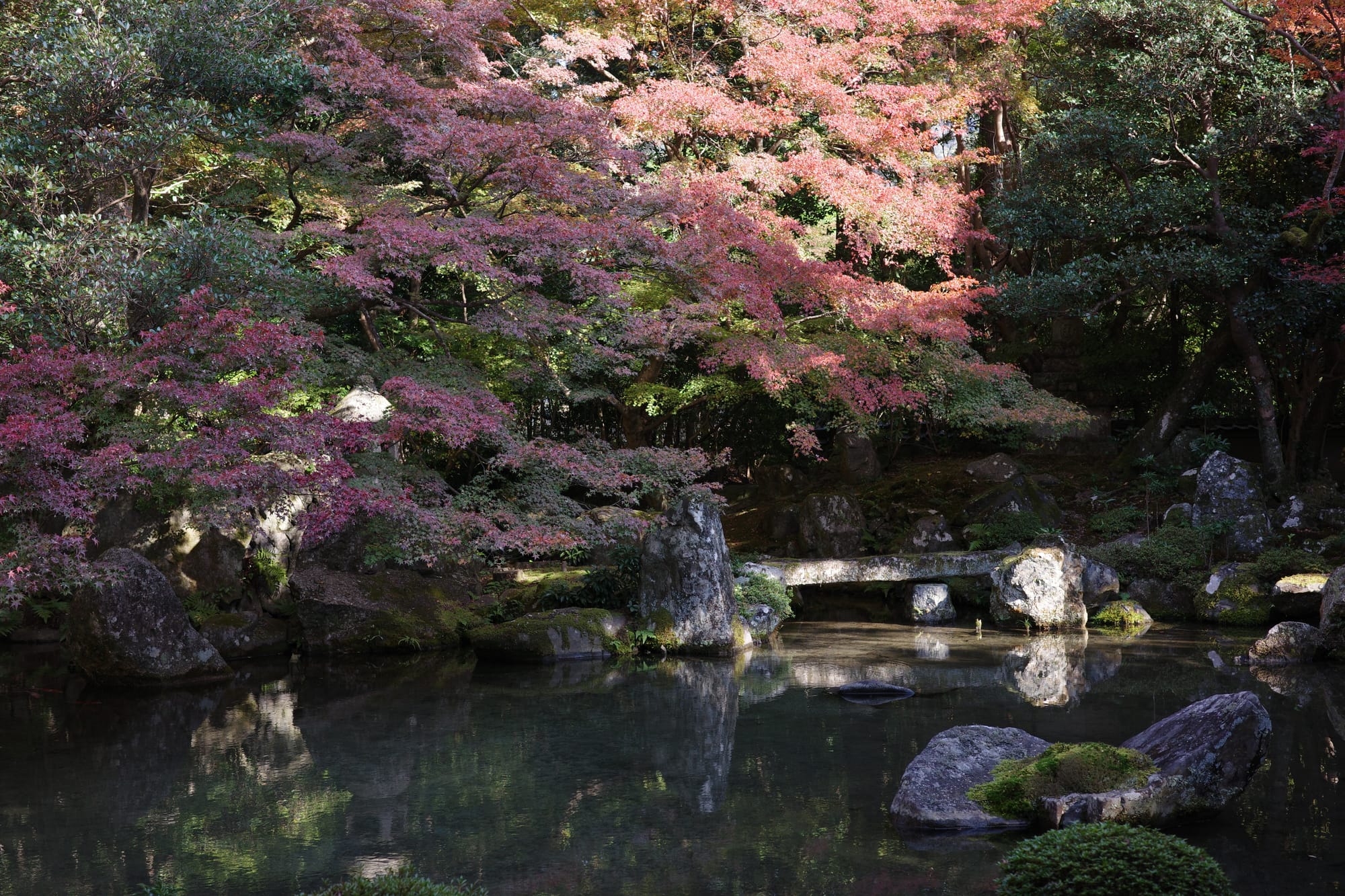
Nison-in was a last-minute addition to our itinerary and I was pleasantly surprised by how much I enjoyed it. There is a small side garden that has been carefully crafted to be an autumnal spectacle, but the rest of the grounds consists mostly of graves, with maples and other trees dotted in between and the mountain forests stretching up and yonder. You wander in serene isolation. The beauty here is rawer and more connected to the wild. It makes for a nice change from the cultivated and refined temple grounds of Eikando and Hogon-in, for example.
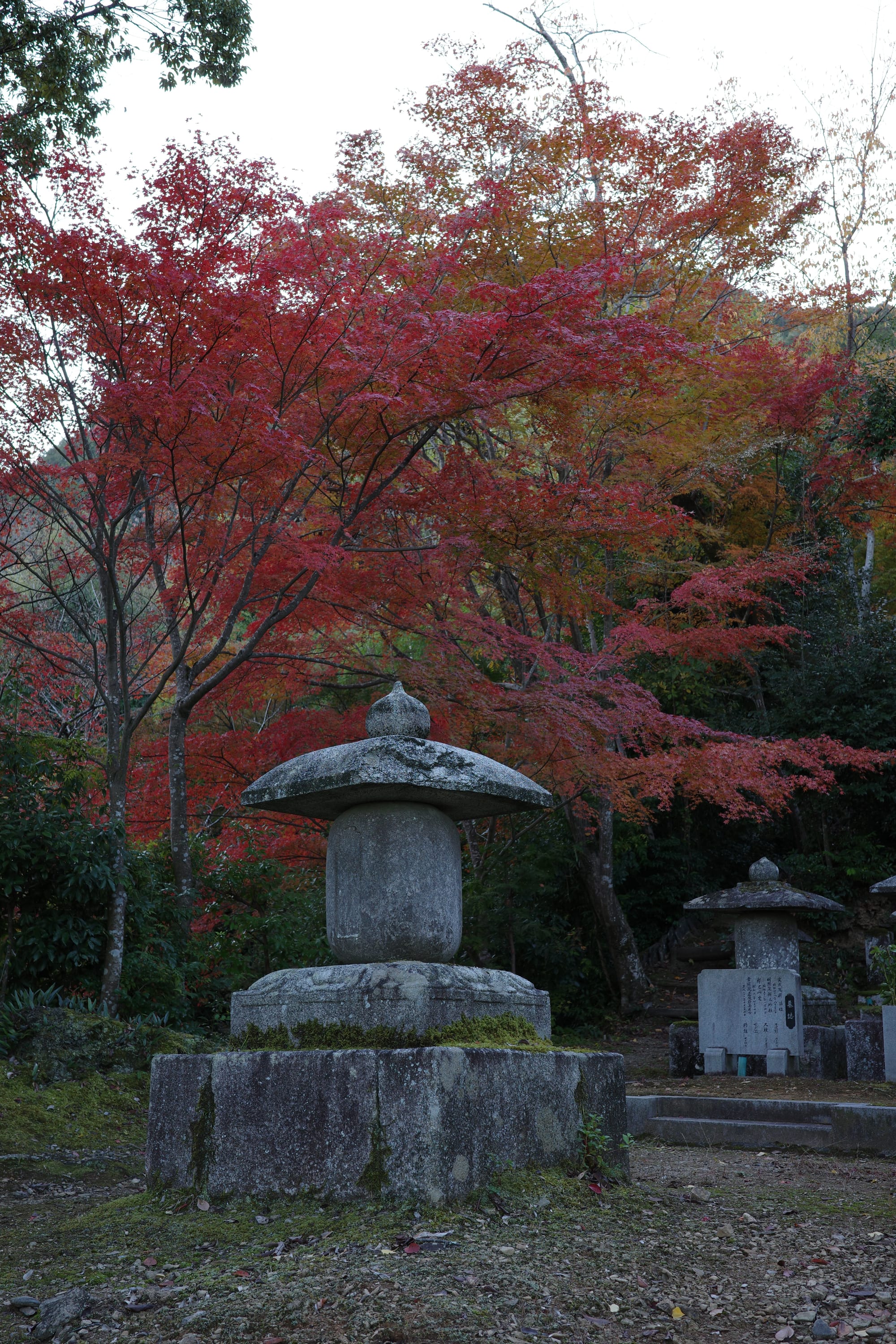
Hogon-in and Genko-an were both busy, but being smaller and lesser-known temples, they did not feel uncomfortably packed. The garden at Hogon-in was a meandering delight and beautifully designed. As with Nison-in, I had not planned originally to go to Hogon-in, but it was supposedly at its peak when we were in Arashiyama, and that turned out to be true. It was a perfect garden for autumn-leaf hunting.
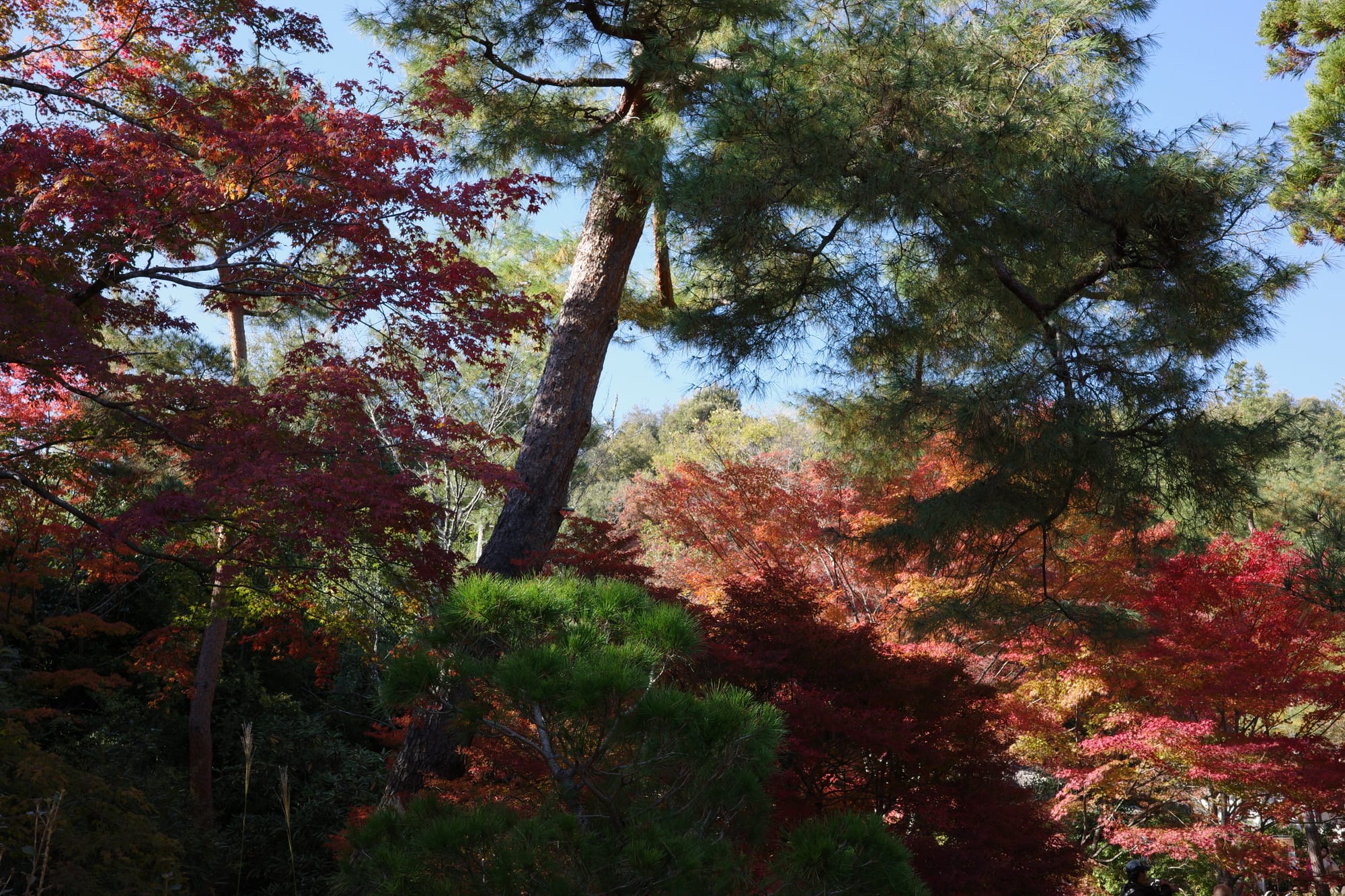
Genko-an is famous for its two windows—the Window of Enlightenment and the Window of Confusion. In autumn, as the maples turn fiery, you can sit on benches placed at the back of the room to slowly study the scenes that the windows capture. What lessons do they teach us?
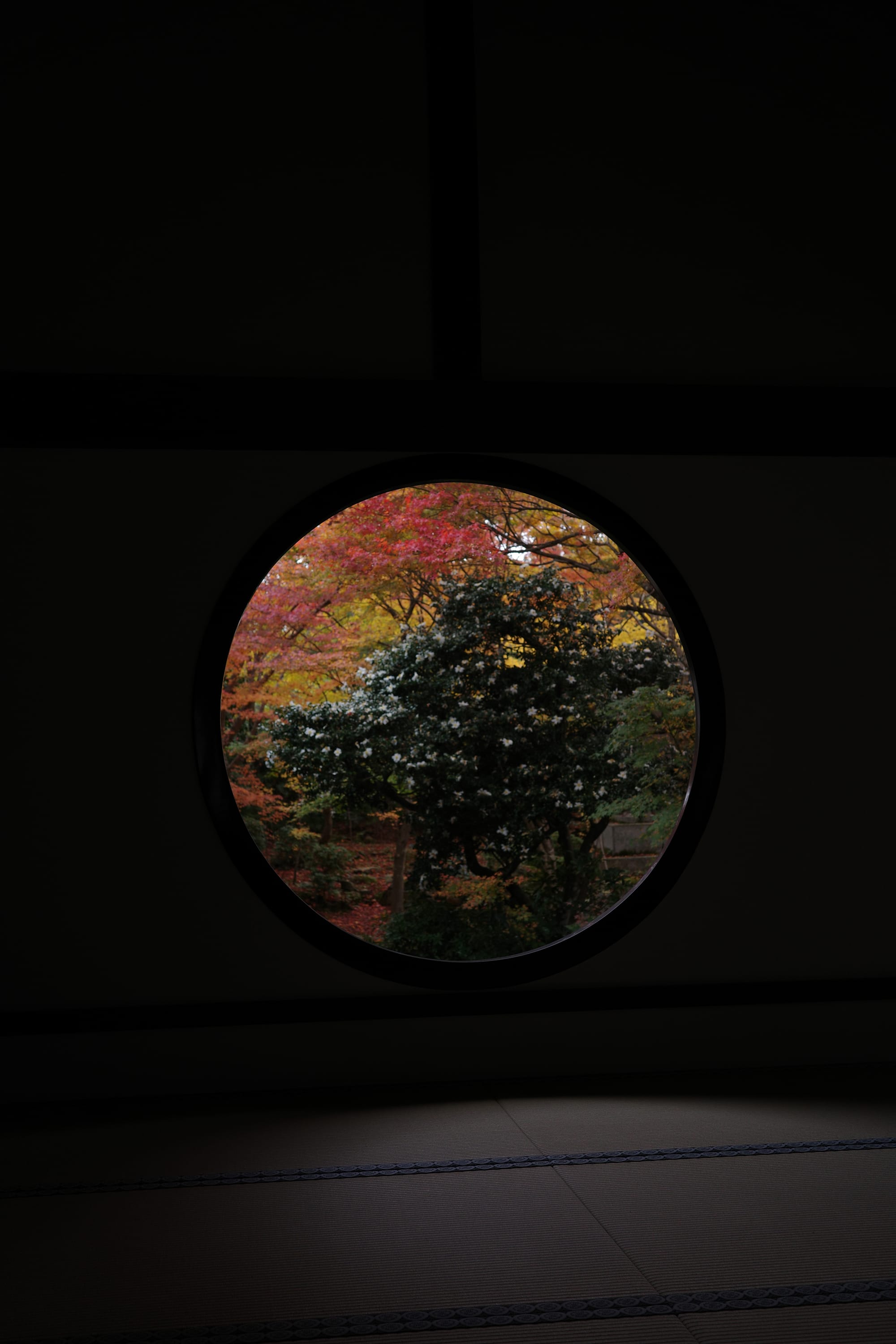
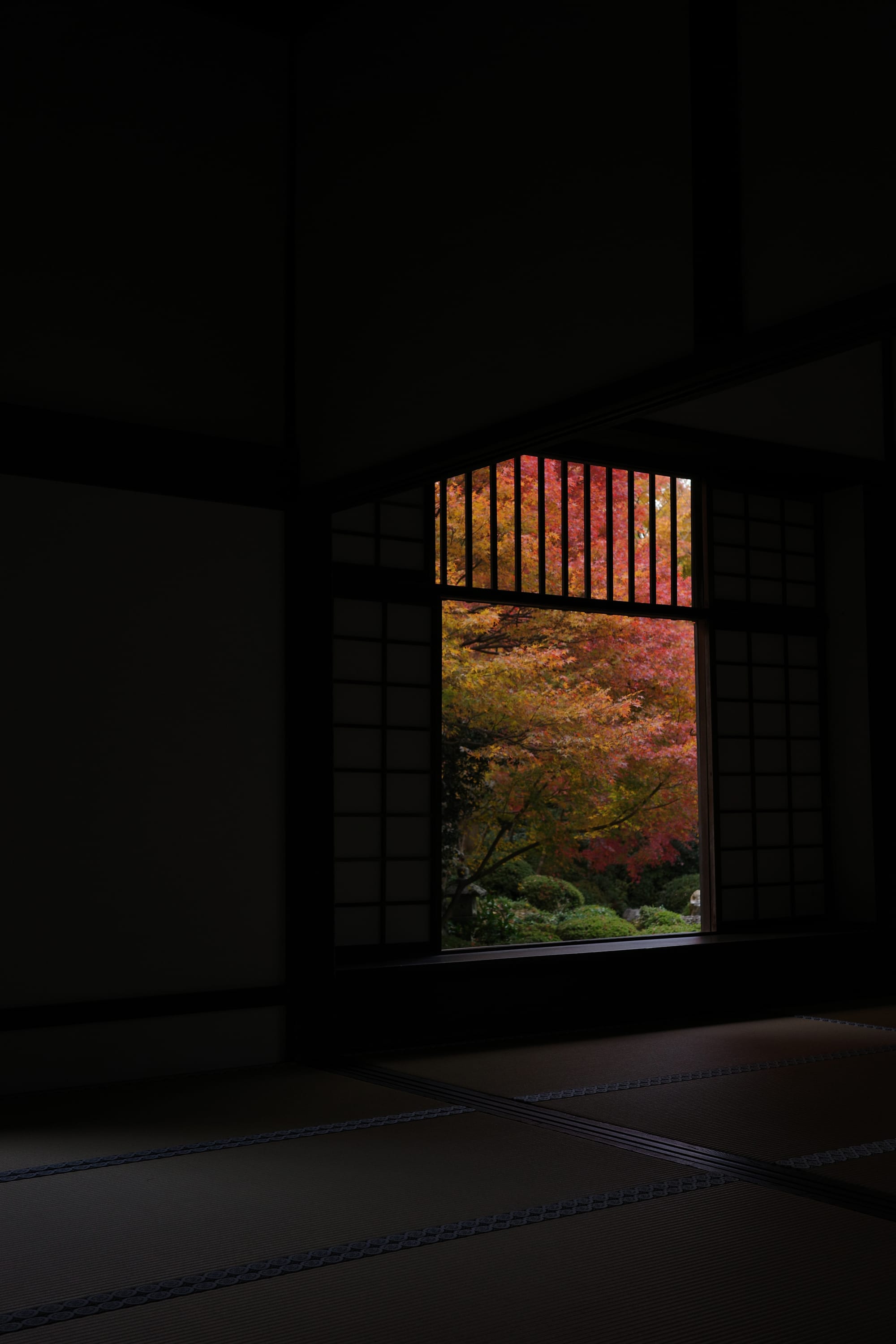
L: Window of Enlightenment R: Window of Confusion ©Wendy Gan 2024
Genko-an also contains a side room with a deck where you can sit and admire the garden free from the frame imposed by the famous windows. Though there will always be photographers about, there are lulls between the waves of visitors, allowing some time for quiet reflection.
Kyoto has a myriad of temples, each with its own unique personality and appeal. I honestly feel that you cannot pick a ‘bad’ temple to go to. It is more a matter of what kind of experience you wish to have and the level of crowd you can tolerate. Go with the knowledge that the bustling masses are a given, but go also knowing that there will be much breathtaking beauty to savour, even under the less-than-ideal circumstances.
The next newsletter will have more specific tips on how to plan your Kyoto autumn-leaf-hunting trip and some dining recommendations.
